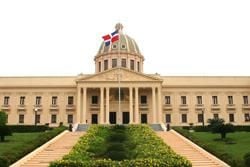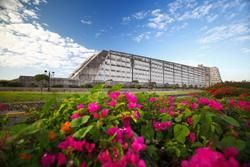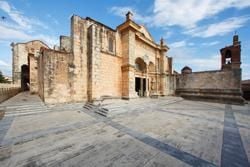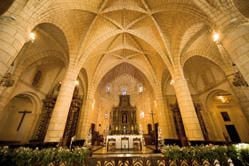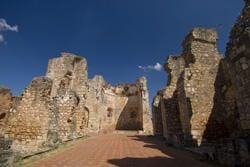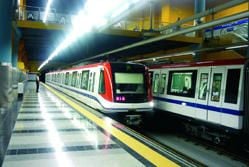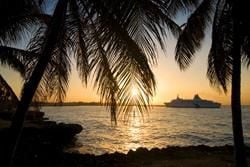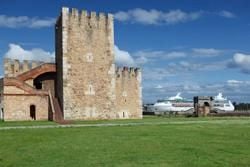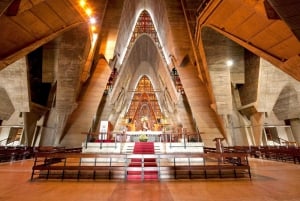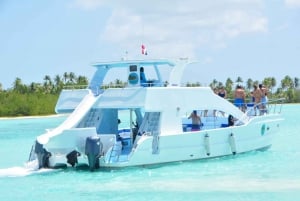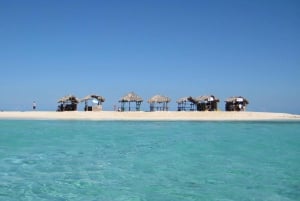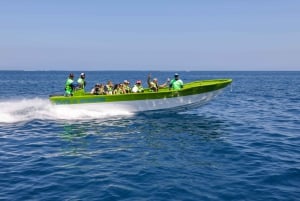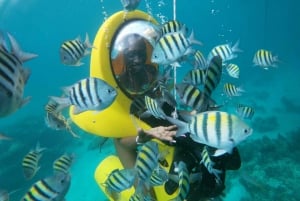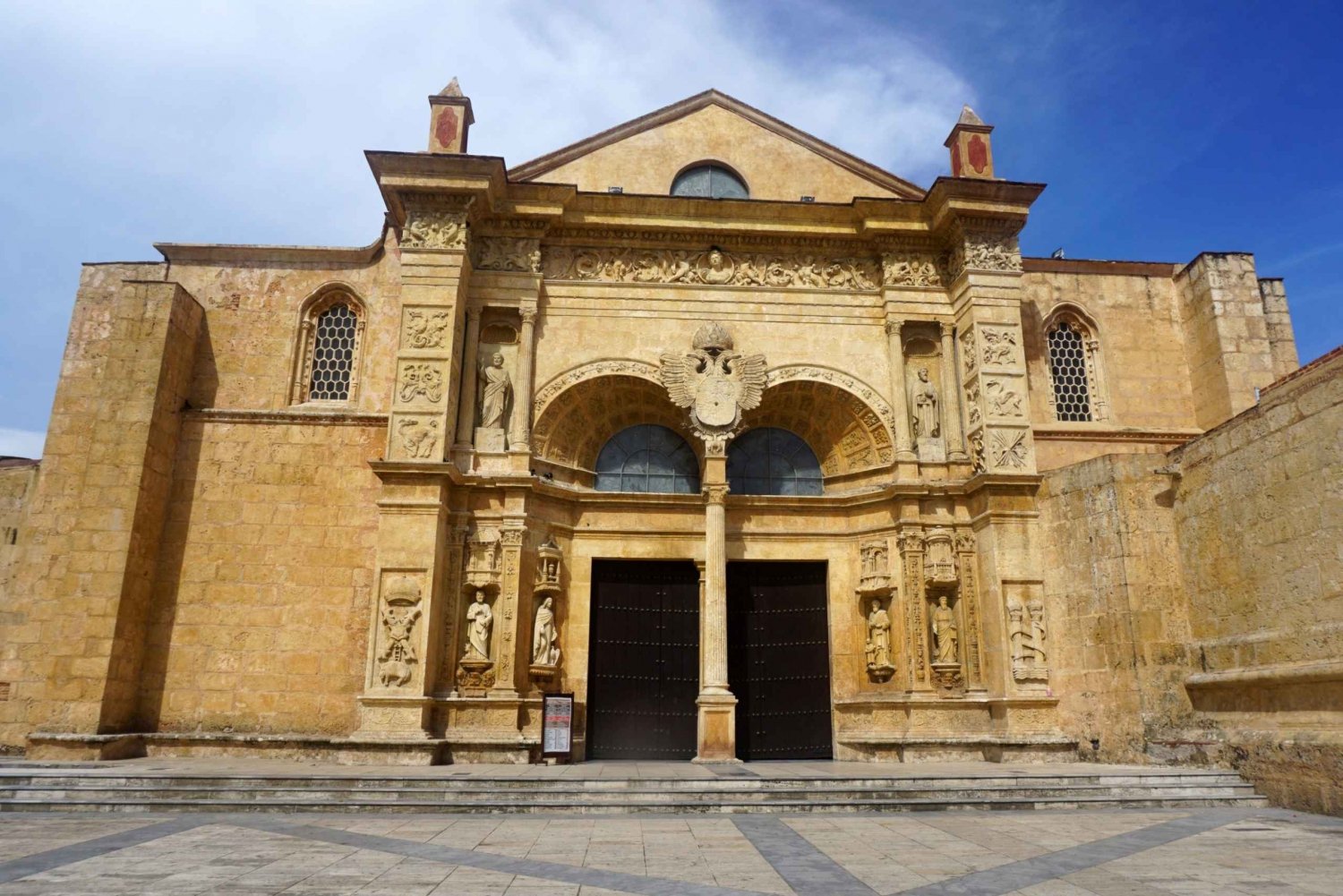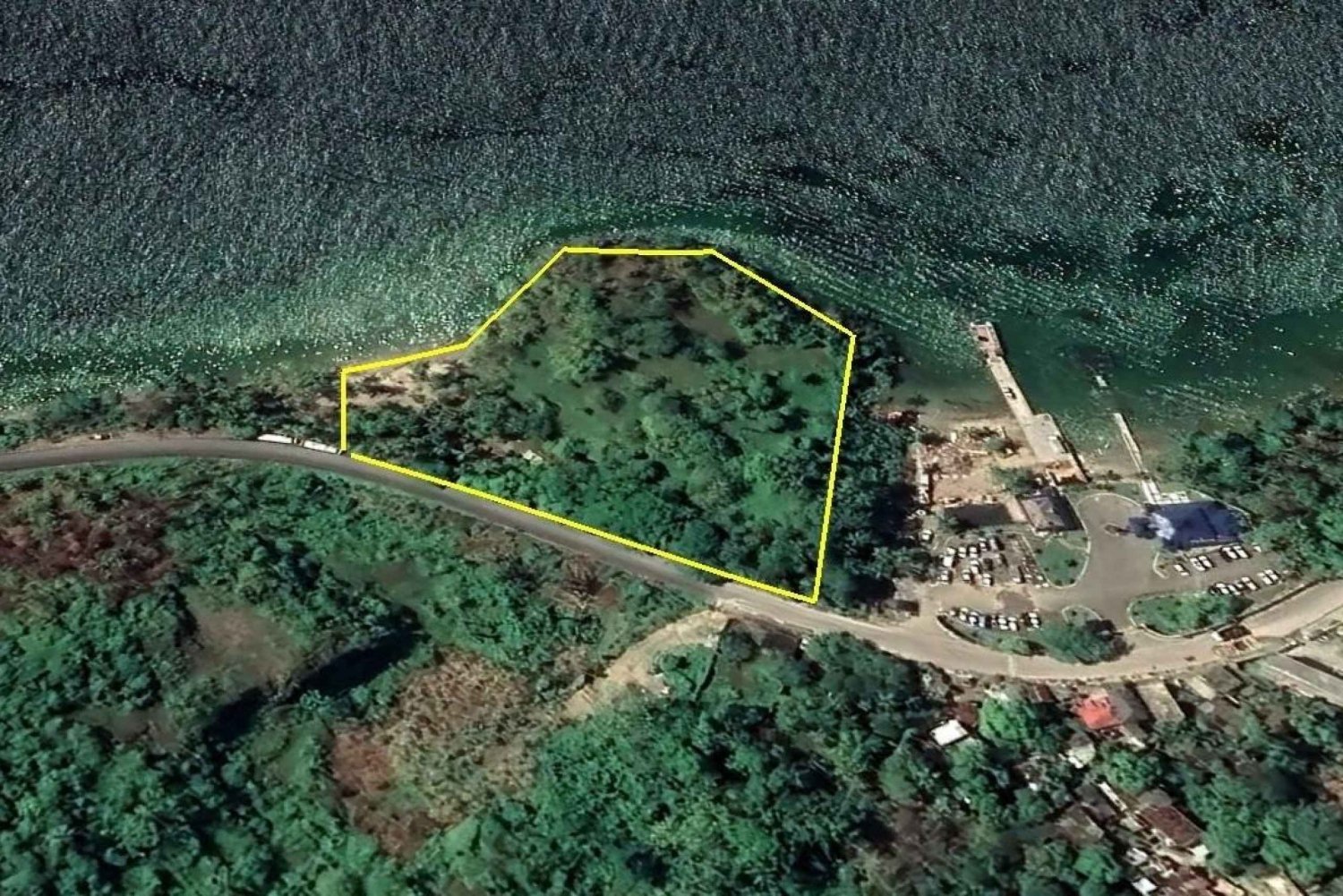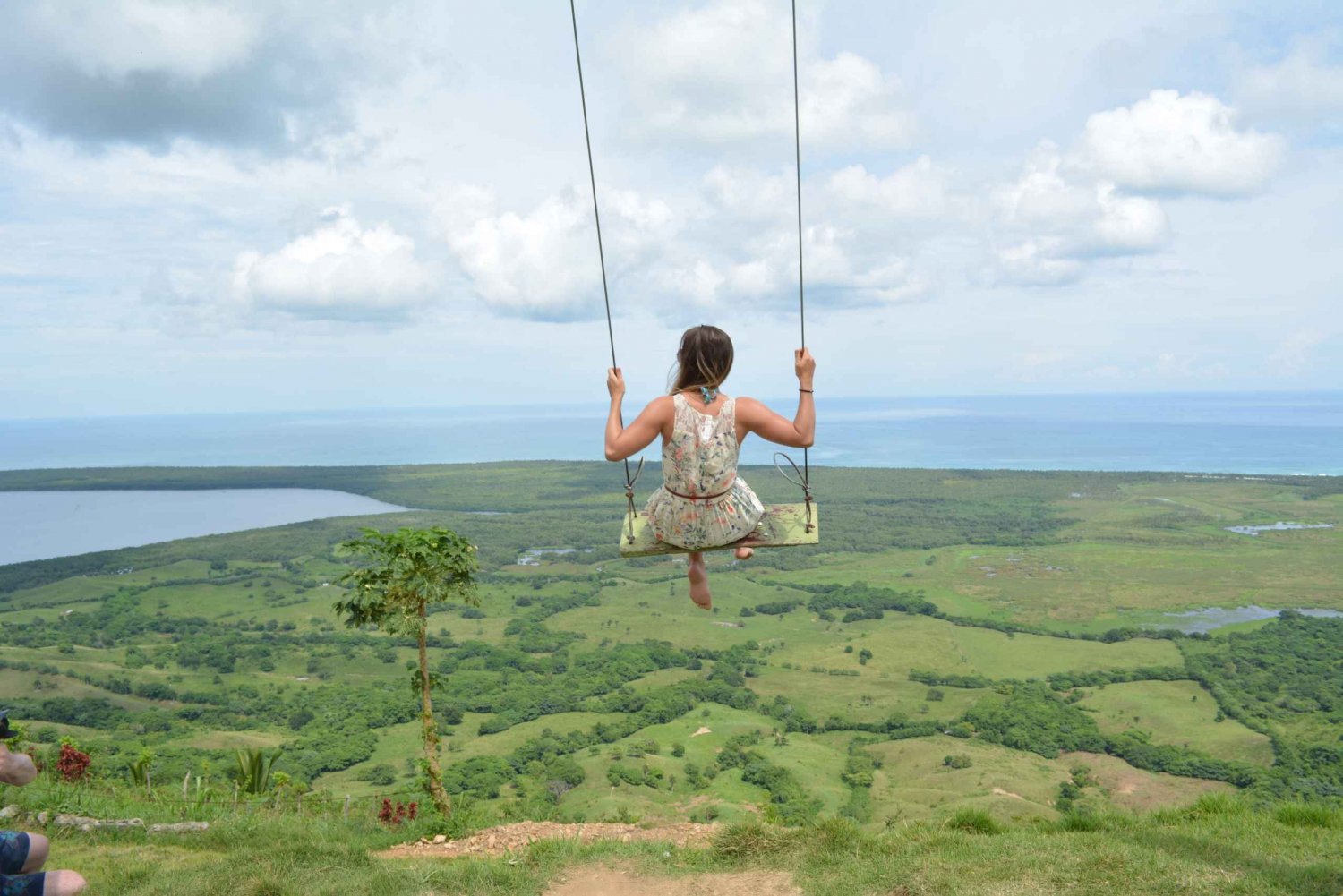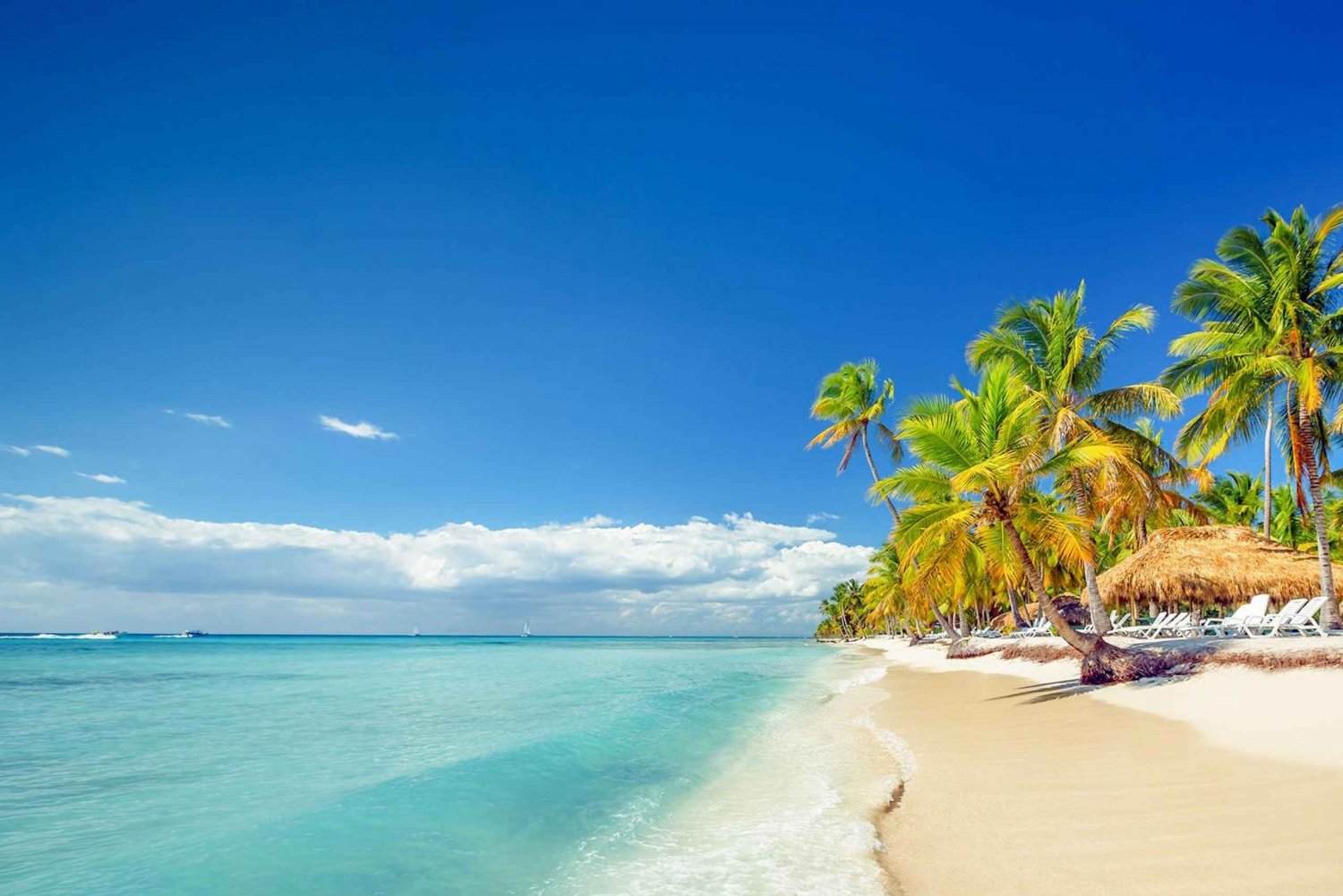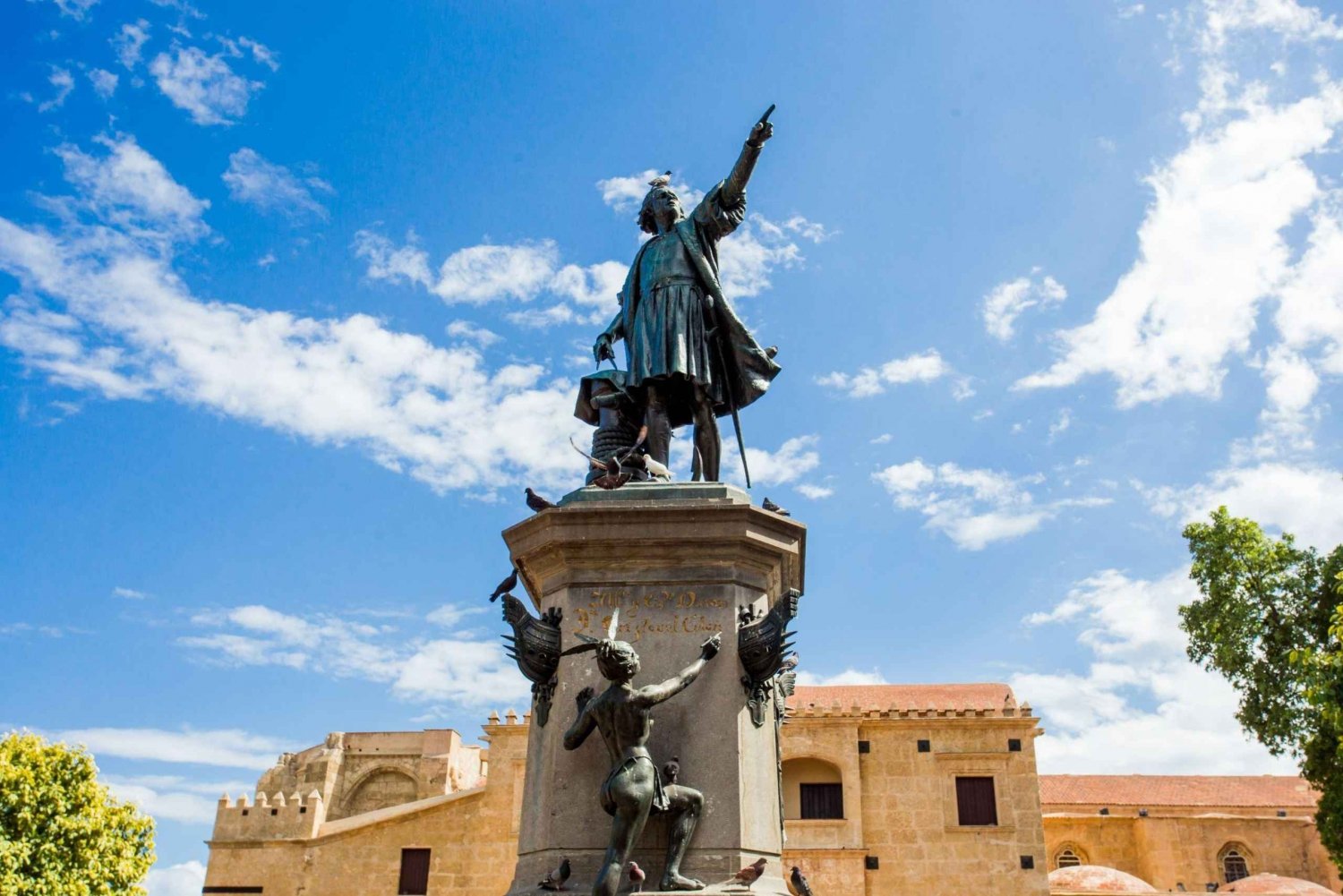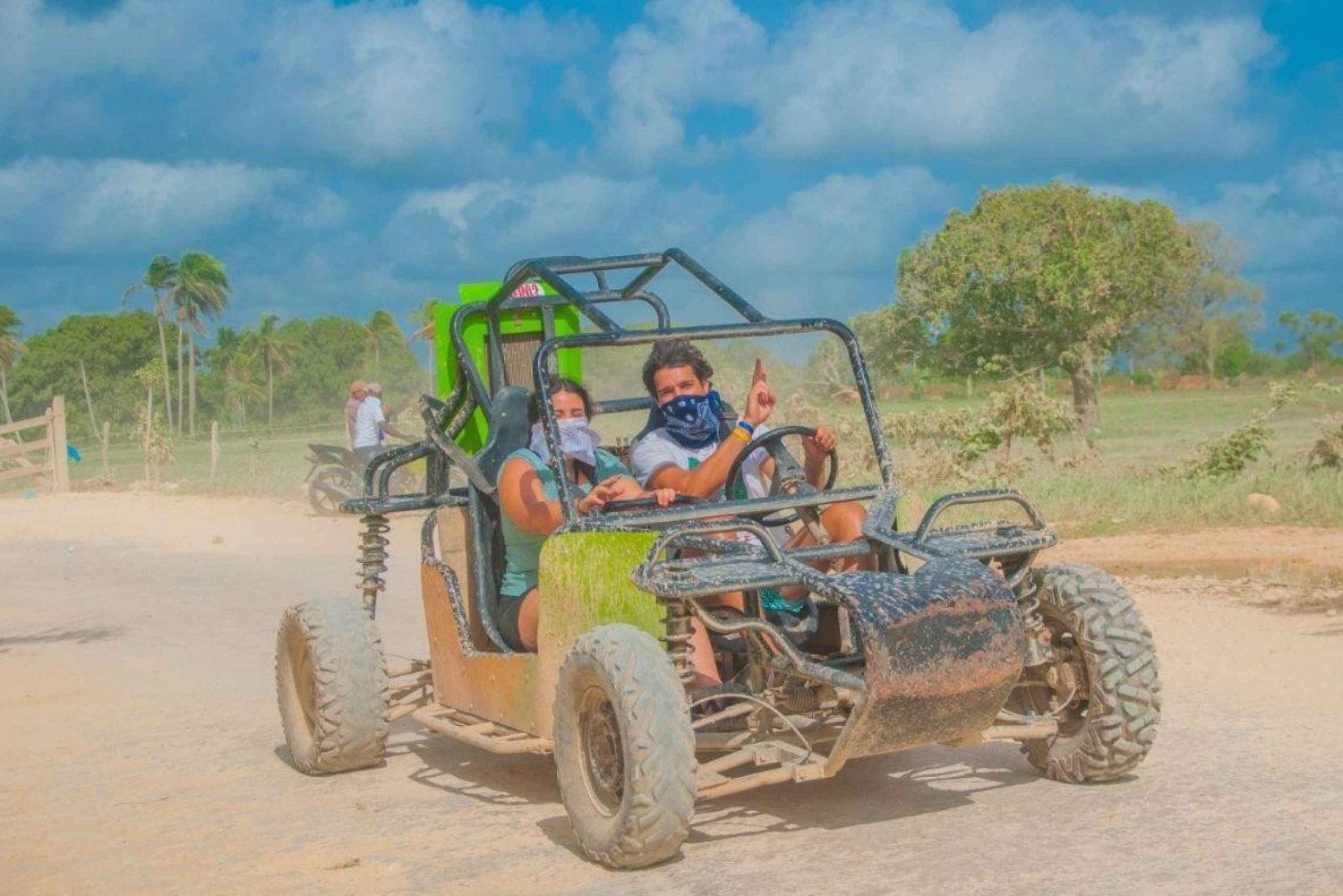Santo Domingo
Dominicans refer to the city simply as The Capital. Located on the southern coast of the Dominican Republic, at the mouth of the Ozama River, it is bathed by the Caribbean Sea, and has nearly 4 million inhabitants.
When a tourist says the words Santo Domingo, the first thing that comes to mind is beach and sun. But what many do not know is that Santo Domingo, besides being a place of relaxation, is a destination for art and culture.
Christopher Columbus granted Santo Domingo the privilege of being the first European city in the Americas, and as a legacy of the Spanish conquest, preserved an important part of its cultural heritage within the walls of the so-called Colonial City that borders the Rio Ozama. It has been declared a World Heritage Site by UNESCO.
Named 2010 American Capital of Culture, among the seven treasures elected as Cultural Heritage Material of Santo Domingo, four are located in the Colonial City. Its sixteenth-century cobblestoned streets and ancient facades have now been converted into quaint cafes and bars, small hotels and renowned restaurants. In the vast Plaza de España, bordered by the Alcázar de Colón, the cafes of the old streets come alive after dark and welcome visitors and residents alike.
Beyond its beautifully preserved colonial past, the cultural and artistic life of Santo Domingo is expressed in its theaters and concert halls and in its many art galleries. The Association of Art Galleries provides the opportunity to tour the galleries once a month, offering the chance not only to see several in one night, but also to acquire artworks at affordable prices. Major artistic events take place in the Olympic Stadium, the Sports Center or the National Theatre, where internationally renowned artists include the city of Santo Domingo in their world tours.
The Malecón is the seafront of Santo Domingo; it offers an incredible panorama of the Caribbean Sea and its spectacular turquoise blue color. This boulevard that stretches 14 km along the coast of Santo Domingo, relates mainly to the path of Avenida George Washington, and in this same avenue stands the great Obelisk of Santo Domingo, popularly known as Macho Obelisk. The Malecon is where the most luxurious hotels, casinos and restaurants in the city are concentrated.
Things to Do
The main attraction is the Colonial-City, but other attractions in the Capital are the interesting Zoo, the magnificent National Botanic Garden, the Aquarium and the various museums. On the outskirts Los Tres Ojos National Park is another extraordinarily beautiful sight. It consists of three ponds of clear water in a stunning underwater cave. After making the tourist cultural and artistic visit to the city of Santo Domingo, another interesting option is to go shopping. Santo Domingo has large areas with US-style shopping malls, where you can find all the international brands and fashion jewelry, such as the wonderful Dominican Amber and Larimar. Among the list of ideal gifts, do not forget to buy local products: a box of aromatic cigars, smooth Dominican rum, or the rich coffee. And if you're looking for traditional crafts, the best options are the Dominican Crafts Fair, located in the Plazoleta Fray Bartolome de Las Casas from Friday to Sunday in the Colonial City, or the Mercado Modelo in El Conde street. This bustling area is the largest tourist-oriented market place in the Capital. Visiting this place is quite an experience! Prices are higher than in other markets, but bargaining is allowed. There is no problem in doing so, as Dominicans are very good traders.
Don't forget to visit Columbus Lighthouse, a monument to Christopher Columbus, located east of the Ozama River. It was opened on October 6 1992 in commemoration of the 500 years of Discovery and Evangelization of America. It is an imposing building of 210 x 59 m, constructed in the shape of a cross – its architect, Joseph Gleave, was inspired by the words of Columbus, "Put crosses in all walk ways and God will bless you". Inside this mausoleum, the remains of Christopher Columbus are kept. This monument is truly historical, and in the inner rooms there are also libraries, museums and exhibition halls representing different American countries. At night, the Columbus Lighthouse lights up a great show as it projects a huge cross into the sky. This festival of light represents the Evangelization of America.
Santo Domingo combines the sophistication of the modern world with the charisma of the old. This throbbing metropolis seduces us with excellent cuisine and vibrant nightlife. At night, music and dancing are the main elements that unite Dominicans and visitors to enjoy this dynamic city in all its restaurants, discos and pubs, where the rhythms of merengue, bachata and reggaeton are the kings of the night. In the Colonial Zone, we can enjoy live jazz or merengue concerts in unusual surroundings such as the Ruins of the Monastery of San Francisco and learn traditional folk dances outdoors at the Plaza de España for free, all weekend. Public spaces such as the Malecon are also places where musical events and festivals are celebrated, such as the Carnival or New Year's Day.
Are you getting the picture? Santo Domingo is an extraordinary city full of options for its visitors. Come and discover it!
Tips
To visit the city of Santo Domingo, using public transport is more convenient than renting a car, whether it is for economic reasons or simply a matter of time. Eventually, you will reach your destination, although it is difficult to drive in the cities if you do not know a little about the streets. The guaguas (mini-buses), carros públicos (taxis) or motoconcho (private motorbike drivers), are reasonably priced options. The Metro is another option; there is a 14,5 km metro line running through Santo Domingo from north to south.
Where to Go from Here
| Boca Chica Beach | Underwater National Park La Caleta | Caribe Beach |
| Guayacanes Beach | Juan Dolio Beach |



